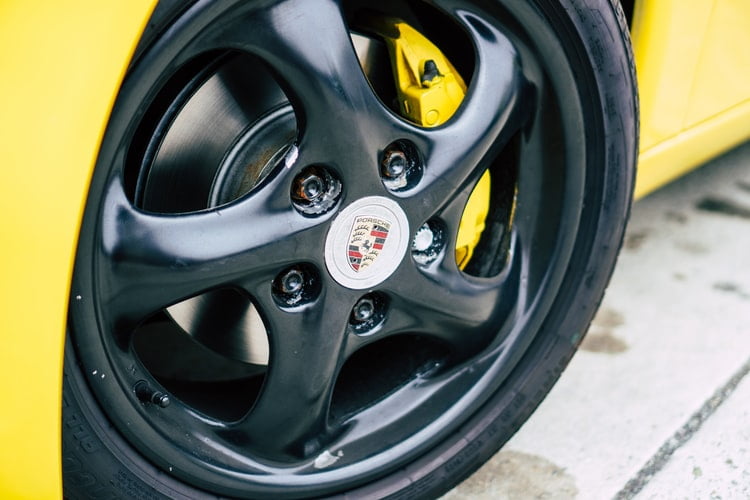
It’s incredible how far car tires had come since way back in history when a block of stone was fashioned into a circular disc – the very first iteration of the wheel. Since then, the wheel has continually evolved in its design, materials, and efficiency over the centuries. For those of you who are history buffs, here is a breakdown of the evolution of car tires throughout the years. Our journey starts in the 1800s.
How Have Car Tires Changed Over The Years?
Car tires are changing and going through the evaluation process over time. On the requirements of the users, the tire gets through the different changes. Every type of car has different needs and different kinds of models. So when you want to analyze the car’s individual usages, you will understand how the car tire’s requirements are changing.
Here are seven times when the car tires are going through a significant evaluation process.
1. 1888 – First Tire
Benz was the inventor of the first-ever gasoline vehicle – an open concept two-seater that drove on three wheels. The car tires themselves were metal spoked tires covered with rubber and filled with air.
This was the very first instance of what we now know as the pneumatic tire, which finally caught on in mainstream popularity around 1895.
2. 1905 – Thread Tire
By the early 1900s, the first iteration of the tread tire entered the market. Up until 1905, tires had no tread on them, which meant that their grip was lacking out on the road. Driving in snow, for instance, was quite problematic.
Once the tread car tires got introduced, they quickly revolutionized the tire industry as the new gold standard.
3. 1931 – Synthetic Rubber
All car tires were made of natural rubber until this point, which was becoming harder and harder to get. In 1931, the American company DuPont discovered how to make tires out of synthetic rubber, which allowed for tires to be produced on a massive scale.
4. 1947 – Radial Tire
The radial tire – or radial-ply car tires – is a design of tire in which the cord plies are arranged vertically to the direction they intend to drive (radially).
This made for better driving stability and better fuel economy for drivers, thus, making the radial tire the most popular choice out there.
5. 1979 – The Run-Flat Tire
Even though tires had come a long way over the years, they were rendered useless when punctured. One random nail could ruin the entire driving experience. So in 1979, the run-flat tire was developed to combat that very problem.
Even when punctured, the run-flat car tires could maintain high driving speeds so that drivers could find their nearest auto shop.
6. 1980’s – UHP Tires
In the 1980s, the modern car stopped being looked at as a way to get from point A to point B and shifted to being more performance-focused. Car buyers wanted more power and speed, which meant that car tires had to be developed to be able to keep up.
The UHP (Ultra High Performance) tire solved that very problem. Developed specifically for drivers that demand performance, the UHP tire enabled drivers to corner tighter, accelerate faster, and brake better.
7. 2012 – NPT Tire
In 2012, Resilient Technologies, in conjunction with the University of Wisconsin-Madison’s Polymer Engineering Center, jointly created what’s now known as an airless non-pneumatic tire (NPT).
This concept was used on the Humvee as a way to be able to give the vehicles car tires that would never go flat that could also handle the most challenging terrain imaginable.
Upgrade to Custom Rims and Tires Today!
The beauty of modern-day tires is that there are so many to choose from these days. Custom wheels and tires are widely available in most major auto shops. The only challenge is finding the right ones for your driving style, aesthetic, and budget. Simply search a term such as “custom rims and tires near me” to see what’s available in your area. Tell your shop of choice that you’re ready to upgrade your car tires.
Conclusion:
Car tires mean the foot of the car. Without using the right car tires, the structure of the whole car is going to be different. On the basis of the car mileages and the weight-bearing capacity, your car tires are going to be different. So which tire are you going to choose for your car and how are you going to maintain it? Do not forget to share your opinion in the comment sections.
Read Also:





























